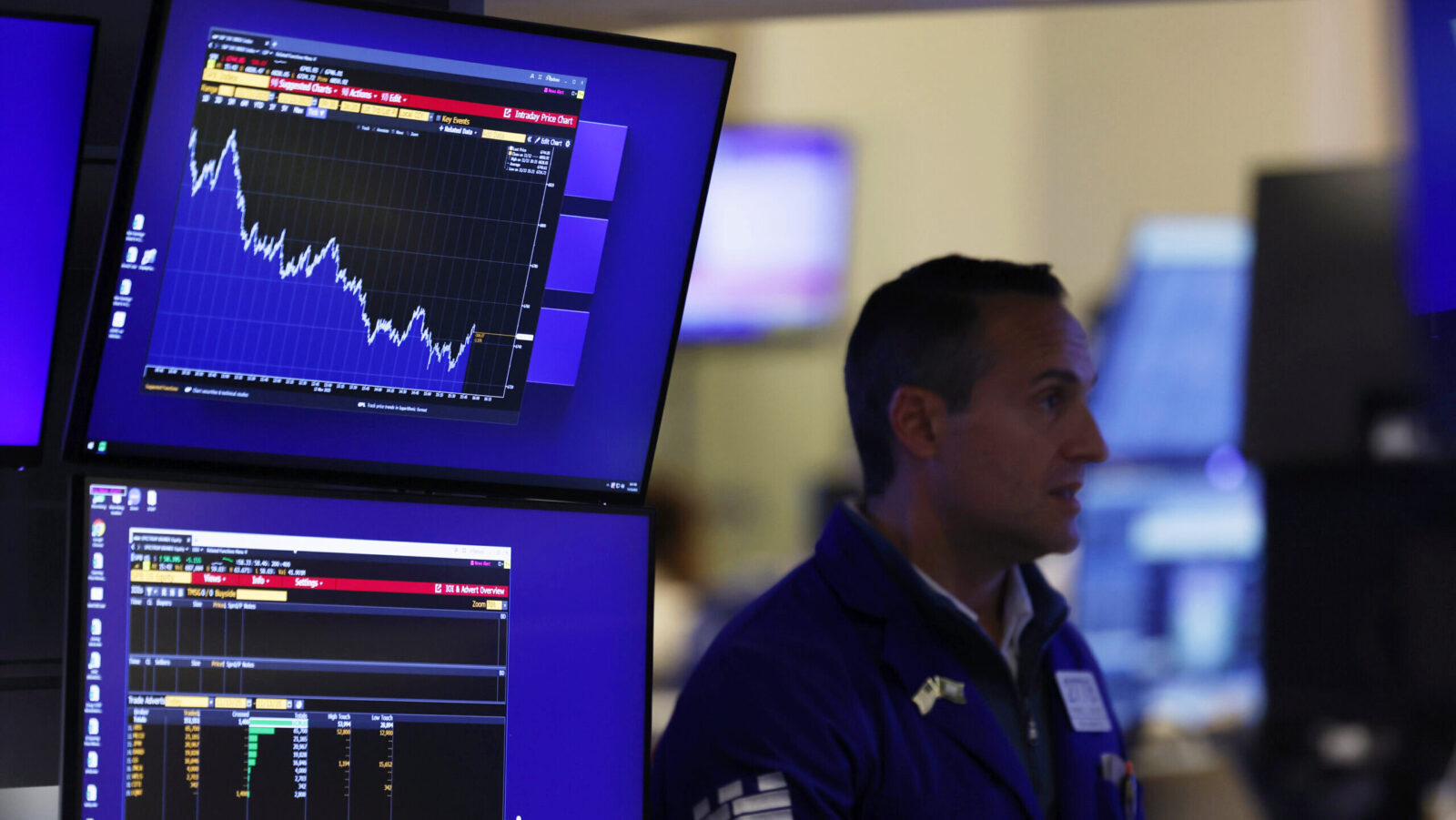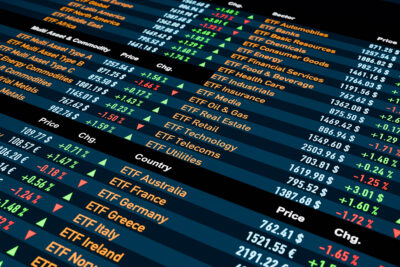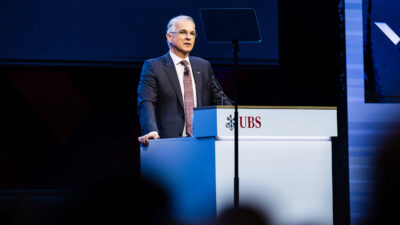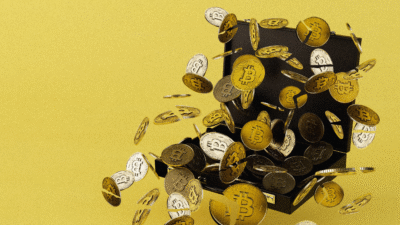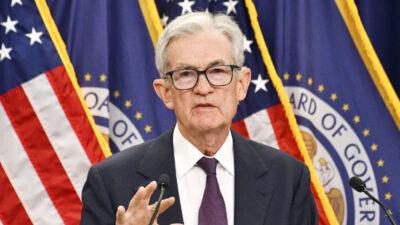Markets Give a ‘Meh’ To Upbeat Wall Street Earnings
The consensus takeaway from the earnings season so far is that the economy is, in spite of everything, doing pretty good.
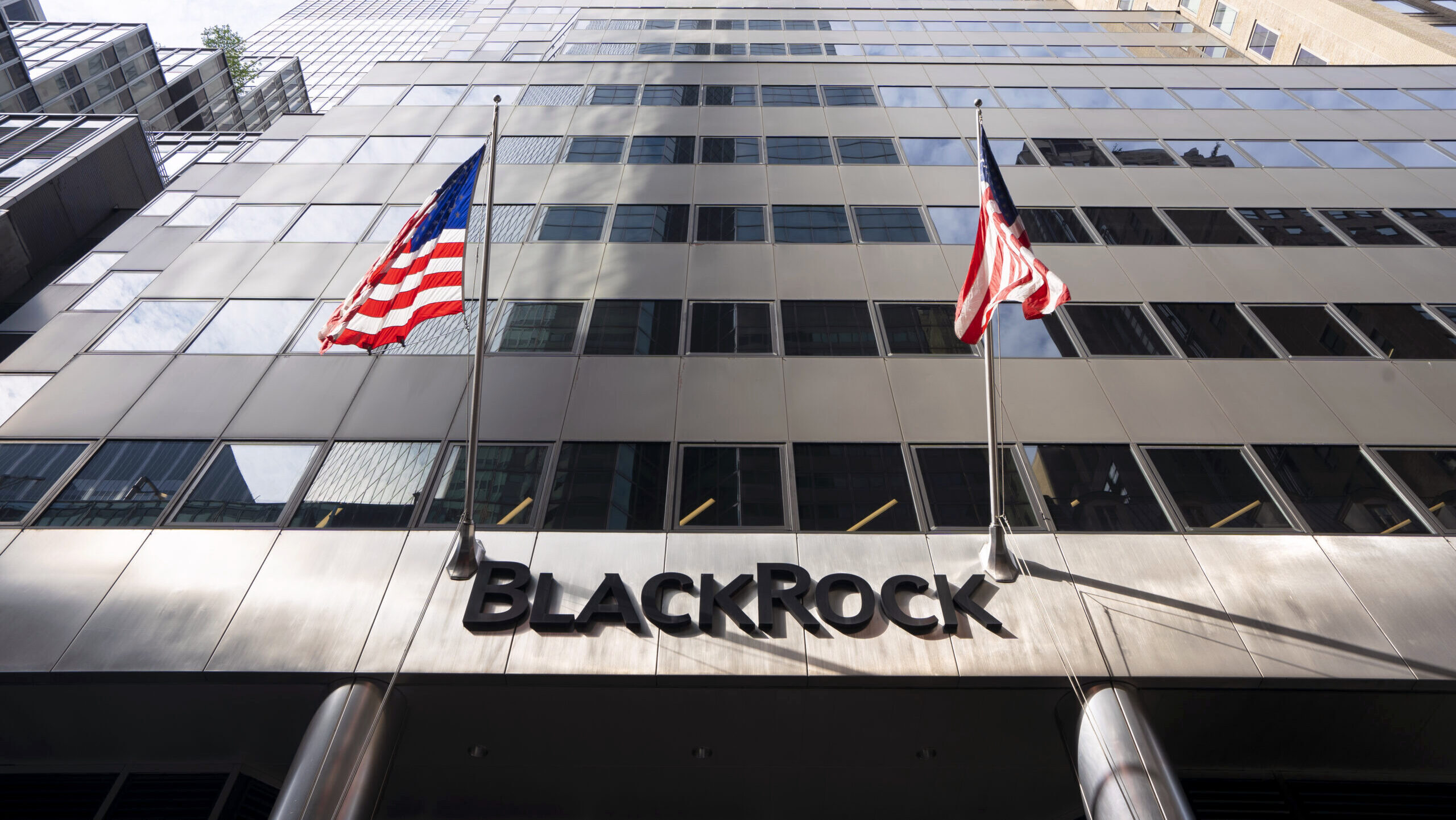
Sign up for smart news, insights, and analysis on the biggest financial stories of the day.
The world’s largest bank (by market capitalization) and the world’s largest asset manager (by, well, assets managed) faced markets with their latest earnings reports Tuesday.
While banking giant JPMorgan bested analysts’ expectations, its shares inched down 0.7%. A narrow miss by money manager BlackRock proved even more concerning to investors, as a selloff sent its shares tumbling 6%. Don’t open that retail trading app so fast, though — the ultimate takeaway from the earnings among many analysts was that the economy is, despite (gestures to the mountain of geopolitical and tariff uncertainty), doing pretty well.
The Constant Consumer
The downside of BlackRock’s second quarter was that it took in less money from clients than expected. Long-term net inflows fell 9.8% year-over-year to $46 billion in the second quarter. The cause, however, was one single institutional client in Asia, which BlackRock didn’t name, that withdrew a whopping $52 billion from a low-fee index fund. Analysts at Edward Jones noted whispers of “potentially more outflows from this client coming in future quarters.”
The firm still managed to rake in $68 billion in net flows, driven by cash-management accounts and money-market funds. Assets under management rose to a record $12.5 trillion, and revenue jumped 13% to $5.42 billion — a morning shave-close miss as analysts expected $5.46 billion (The Daily Upside doesn’t normally even print second decimal figures). CEO Larry Fink told CNBC the market was overlooking the fact that BlackRock “front-loaded” expenses, including for its $12 billion acquisition of HPS Investment Partners, and called the stock’s rough day “just Wall Street, hedge funds, going in and out of the market, and that’s fine.”
At JPMorgan, results were unreservedly positive, topped by trading revenue climbing 15% to $8.9 billion in the second quarter as the trading desk dined out on market volatility. Especially promising were investment banking fees, which climbed 7% to $2.5 billion as growth in mergers and acquisitions offset concerns about a protracted dealmaking chill. The lender’s $45.7 billion in revenue topped analysts’ $44 billion average estimate, and JPMorgan boosted its annual net interest income forecast, a key profitability measure, by roughly $1 billion to $95.5 billion. On top of that, the lender and other banks variously reported that the backbone of the US economy — consumers — has remained solid:
- Revenue at JPMorgan’s Consumer and Community Banking division rose 6% year-over-year to $18.8 billion, and net income rose 23% to roughly $5.2 billion. Credit and debit card spending rose 7% year-over-year, and the charge-off rate for cards, a key metric for consumer stress that measures how much debt is written off, fell to 3.4% from 3.6% in the first quarter. “The consumer basically seems to be fine,” JPMorgan Chief Financial Officer Jeremy Barnum said on a call with analysts.
- Citigroup, which also reported earnings Tuesday, saw revenue from branded cards rise 11% to $2.8 billion. Wells Fargo CEO Charles Scharf noted, as his bank reported earnings, that “consumer delinquencies continued to improve from a year ago, and commercial credit performance continued to be relatively strong.”
The I Word: Like JPMorgan, Citi beat expectations, but unlike its rival, its shares rose (to the highest since 2008, in fact) after the announcement of a buyback plan. Wells Fargo, which not only bested profit estimates but also earned approval to increase assets beyond $1.95 trillion after seven years of Federal Reserve-imposed stasis, saw its shares drop 5.5%. The simplest explanation for the downward pull on BlackRock, JPMorgan and Wells Fargo is inflation, which rose to an annual rate of 2.7% in the Bureau of Labor Statistics’ latest update on Tuesday. The prices of appliances, furniture and toys — products typically manufactured abroad — all rose, suggesting the impact of tariffs is starting to show. According to the Yale Budget Lab, consumers in the US currently face an 18.7% tariff rate, the highest since 1933.
